Welcome to our mini interview with Steve Chu and Roy Choi. We are going to cover a few topics and questions regarding Weiss Schwarz and our current thoughts on the game. Before we dive right in, let’s introduce our participants.
Steve Chu is an accomplished player with a number of achievements on his belt. His most notable toppings include that of reaching first place in NA WGP 2016 with Dal Segno, second place in the Toronto BCS Championship with Bang Dream!, top 16 of NA WGP 2019 with Love Live! Sunshine, and top 8 of 2021 NA WGP Nationals (Online) with Hololive. Steve runs his own Youtube channel that covers games that he comments and discusses about. Go ahead and check it out: Steve’s Weiss Schwarz Ch.
Roy Choi is a notable player who came second in WS BSF Toronto 2018 with Attack on Titan, first in WS BSF Toronto 2019 with Bang Dream!, and first in WS BSF Toronto 2022 and New Jersey 2022 with Mushoku Tensei. He has made top 16 in both the NA WGP 2020 and NA WGP 2021 with Sakura Taisen in the former and Love Live! Superstars in the latter. His most recent topping has been at the 2022 BRO NA Tournament in the top 8 with his Mushoku Tensei deck.
1.) Tell me about your history of Weiss Schwarz? When did you start the game? What was your first set? What made you interested in this game?
Steve Chu: I started this game back in 2014, after the English version of Angel Beats! was released. Luckily, a shop nearby my school was selling singles, so I was able to upgrade my trial deck into a full deck. Shortly afterwards, I began to visit local card shops and met a friendly lot of players including multiple veterans that also carried Japanese sets. The thrill and drive of competition is what kept me engaged with the game. In 2015, I bought my first Japanese deck with Madoka Magica after their Rebellion set came out.
Roy Choi: I started playing the game casually around 2015, but I became more competitive around 2017. I started the game when I picked up an English trial deck at an anime convention to play with my high school friends. Eventually, I went to a local game store and bought some booster boxes to build both the English sets of Fate/Stay Night: Unlimited Blade Works and Nisekoi. My first Japanese deck was Gochiusa back in 2016. I’ve always been a fan of card games, particularly that of Yu-Gi-Oh! and Hearthstone. What really draws me to Weiss is the fact that I can play a game involving my favourite anime titles.
2.) What is your favourite set? What is your favourite card?
Steve Chu: My favourite set that I have spent the most money on is Project Sekai. The set that I have played the most out of is Bang Dream!. One of my favourite cards is the Himari level three from the Dal Segno set. I have a very special attachment to Dal Segno due to winning nationals with it. Also, Himari is still very strong card even by today’s standards.
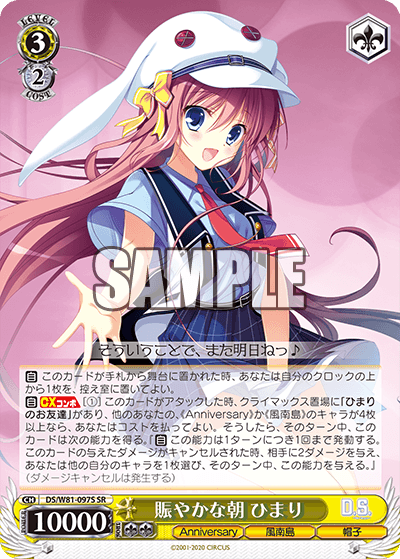
Roy Choi: My favourite set of all time is Sword Art Online. The set has quite a few toolbox mechanics and great cards overall while being my most favourite anime. My favourite card is the Yuki level one from the first extra booster. In every trading card game I play, I love the mechanic of toolboxing the most. Yuuki was such a great combo that gives the player both advantage while compressing the deck and giving you information to plan ahead in the following turns.


3.) What do you think about the current Japanese sets? What are the most powerful sets around now? Why? Are there any profiles in the game that are problematic?
Steve Chu: Bushiroad has been pretty consistent at making half of the new releases mediocre and half of them relevant. They are trying to not print new standby decks. There hasn’t been a better standby deck than pre-banned Mushoku Tensei and Quints from 2021. The selling point for new sets these days are usually crazy level three finishers, or super efficient level zeros with stacked effects.
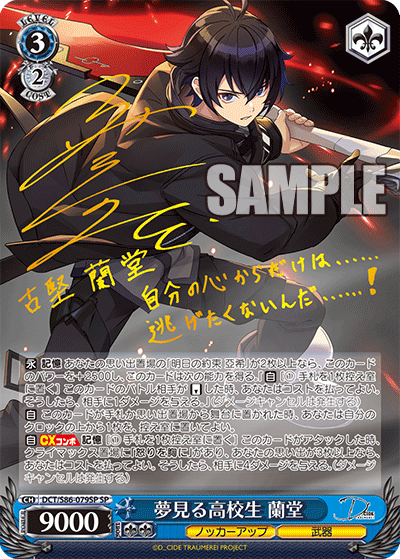

D_Cide went too far with it’s early play healing finisher. The Randou package has no opportunity cost. You don’t need to choose between playing towards midgame by healing or playing towards level three for finisher. You can just do both at level two, not to mention the flexibility you have for fast and slow games. In fast games, dealing four damage can punish hard while healing can extend your lead. In slow games, the deck compresses well with memory and stock charge, while healing plus freefresh extend the advantage even more. Early play finishers are fine, but just please don’t print heals on them.
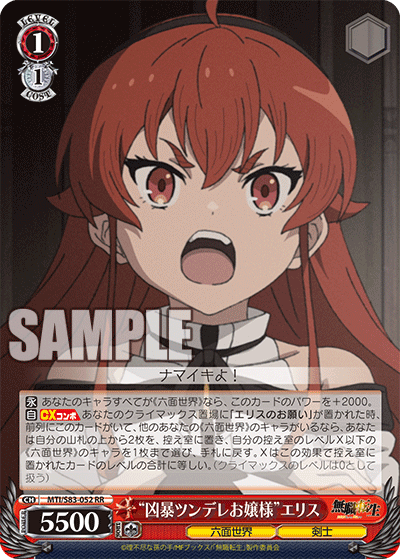
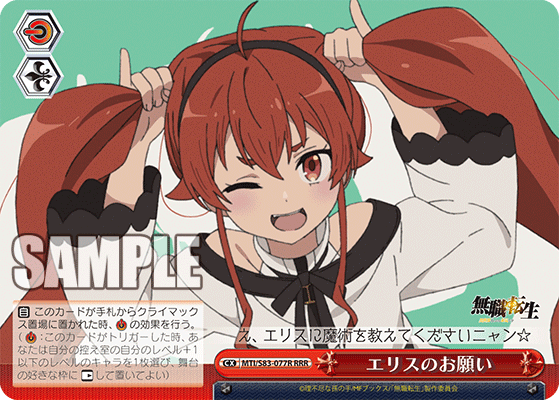
Roy Choi: I think the current Japanese sets are in a pretty good spot aside from a few outliers (D_Cide, Quints). The game as a whole is quite aggressive due to the number of 1k1 decks floating around and players being able to tri-lane and drop a climax every turn. I think the current best sets are D_Cide and Quints. Other sets do possess some options to beat these sets, but these two aforementioned sets have all the tools available with many free plussing and compression options.
4.) What do you think about the latest ban list? Was it effective? Would you may any changes yourself? Why?
Steve Chu: I think the four ban lists per year system as a whole is kind of wacky. They banned a lot of sets in December and June. However, during March and September when players were looking forward to changes, Bushiroad didn’t do anything. I don’t have any general problems with the ban lists since they have traditionally been quite predictable. The biggest variance with these ban lists is how hard they hit the set. The worst case with these ban lists was when sets remained meta even after the ban list (e.g. Date A Live, Love Live! Superstars).
A recent change that I didn’t agree with were the bans and limitations for Assault Lily. Assault Lily shouldn’t have been banned due the to the constant push to newer and better 1k1 decks. I think that if they were to ban Assault Lily, they should have hit Hololive as well for being around the same power level.
Roy Choi: I think the last ban list was ineffective, especially since they didn’t ban anything. D_Cide, although overrepresented in the meta, was not banned at all. Since no other set was dominating at the time except D_Cide, it was generally held as the best deck in the format, so players were hoping that it would be hit so other decks could shine a little more. If I had the ability to change the last banlist, I would have banned D_Cide, specifically targetting the eight arc Randou package and the brainstorm.
5.) What do you think are the upcoming most powerful sets? Why?
Steve Chu: PIXAR’s Woody and Buzz finisher is pretty absurd. The cost on the climax combo is way too cheap for what it does. Love Live! Nijigasaki has this same effect on a 3/4 event. Putting climaxes into clock is also one of the most unfun things to play against.
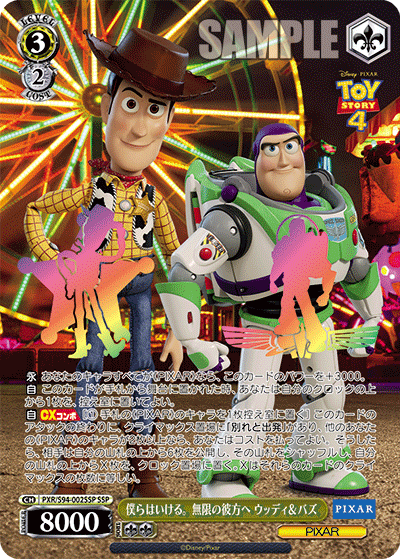

PXR/S94-026aCR 別れと出発 (right)
Roy Choi: I think the movie set for Quints coming up is very powerful. The tools and strong climax combos from the previous two modern sets fit very well with this new support. These older sets contain already powerful tools that are only complimented further with this new booster. I also think that PIXAR seems to have all the tools needed to have powerful decks aided by a very strong finisher like Woody and Buzz.
6.) Any particular profiles that you like/hate or think are beneficial/harmful to the game?
Steve Chu: I think that the Aqua Riki is a very good profile for the game. It helps the player going second a lot, toning down the advantage of going first. However, instead of providing this profile to every set in the game, Bushiroad has been constantly printing runners, which only adds to the going first advantage.
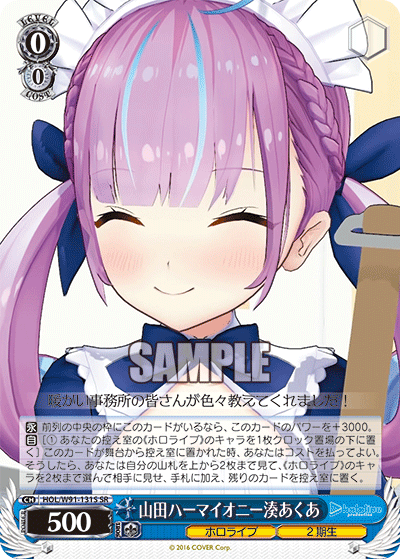
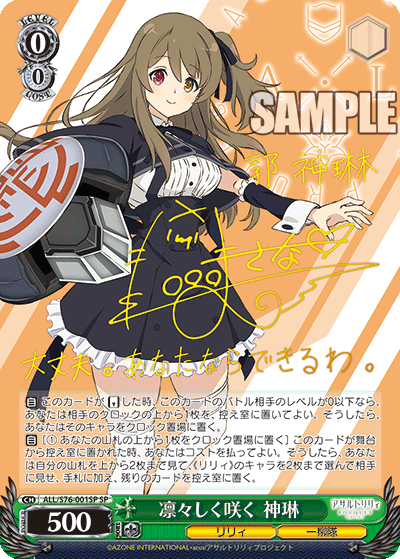
Roy Choi: I’m currently not too fond of the Aqua Riki profile. Aqua makes far too much advantage in the current game as turn counts are lowering due to the power of current decks. Since the current metagame promotes tri-laning and slamming 1k1 climaxes every turn, Aqua allows more aggressive plays with little drawback. In games where both players have access to the profile, then the game becomes more even, but in the other scenario, the winning paradigm shifts closer towards the player with the access to this profile.
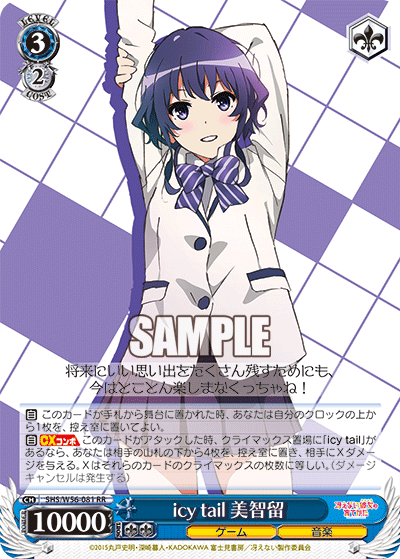
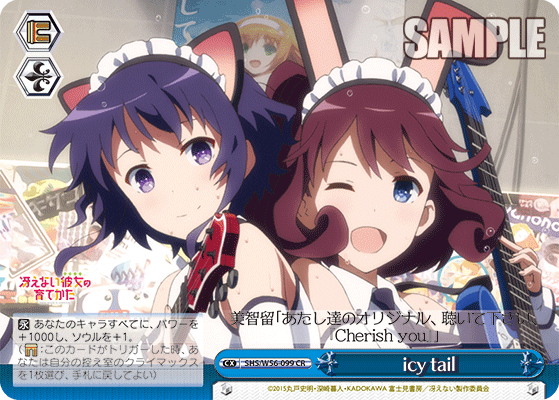
As for the other card type, these effects seem like anti-compression tools that pushes gameplay differently to the traditional ways of playing the game. In the traditional game, players were rewarded for having compression and limiting the number of non-climaxes in their deck, to help with cancelling. Even with the introduction of the Icy Tail profile through Michiru (Saekano), the anti-compression skill was still mitigated for the most part by good high compression rates. But as of late, the anti-compression finishers check far too many cards, produce uncancellable damage, and/or cause higher amounts of damage per check and burn, giving the receiving player little to no chance of survival. This in turn suggests that players try less to compress their decks, leaving their decks more to chance in hopes that they have enough flack in their deck to whiff these climax checks to survive. Compression is no longer as wanted as before or even unwanted in most cases.
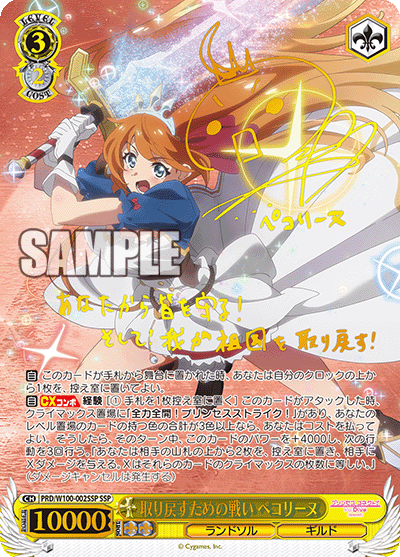
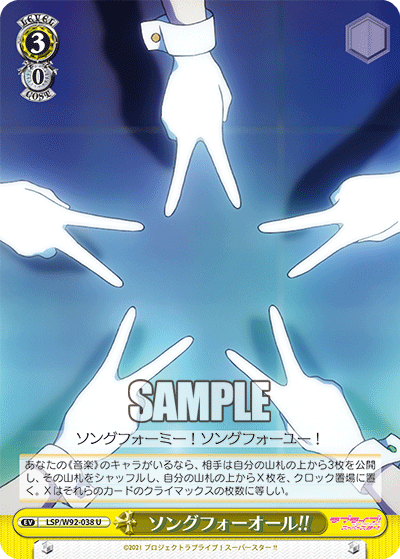
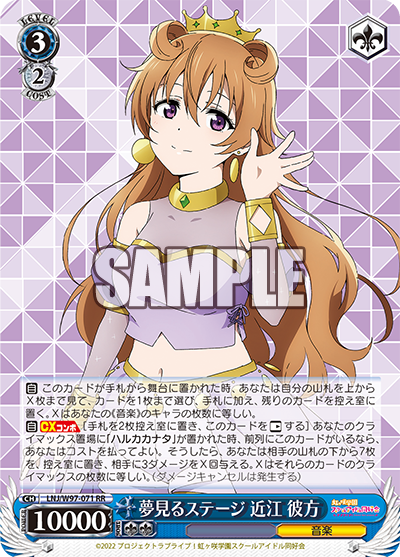
LSP/W92-038U ソングフォーオール!! (center)
LNJ/W97-071RR 夢見るステージ 近江 彼方 (right)
The power level of these finishers have become ridiculous to the point where players can expect to potentially lose by the time they reach level two. The game feels like you are praying on bad deck states to raw cancel from the top of your deck to vanilla swings, turning the game into an unfortunate pure gamble.
7.) Where do you think the direction of the game is going? How do you feel about the current game in general?
Steve Chu: I think Bushiroad is conservative with their card design. As long as standby doesn’t get much support, I don’t expect much change, just powercreep for existing stuff. Stuff to look for in new sets: 1.) Cantrip finishers, 2.) Effect stacking for level zeros with three effects (utility effects with two timings), and 3.) Choose two effects and pick one both early plays and level one climax combos.
A lot of powerful finishers nowadays could use the cantrip abilities over general healing. This would be a more subtle way to powercreep finishers than printing better combos. Level zero has been the focus of powercreep in the last two years. Every set has good advantage gaining level zeros now. They are so good that the clean cut profile doesn’t see much play anymore. Now with effect stacking, level zeros are getting up to three effects like utility effects with two timings.

The game has been faster (less turns per game) than two years ago, and there’s no way back. It’s been mostly due to level zero powercreep where every deck gains more early advantage and becomes more consistent. I think it’s better than a slow format where people just play to not lose. It was either compression through stock/memory or looping multiple early play heals back then. Sets without stock swap was at a significant disadvantage in the slow format, but that’s not the case with faster games.
Roy Choi: I think Weiss is becoming faster and more efficient. Efficiency was the keyword for powercreep in the 2021-2022 season. Every good deck had multiple plussing options and combos to maintain hand advantage. Finishers have become essentially free in terms of resource costs or are insanely resource efficient like Marine from Hololive. Decks with cheap handfix options and strong finishers costing low resources have become really powerful. Power at level three has quickly entered the level two area with Hololive and D_Cide as perfect examples, healing down early and also pushing damage while maintaining advantage.
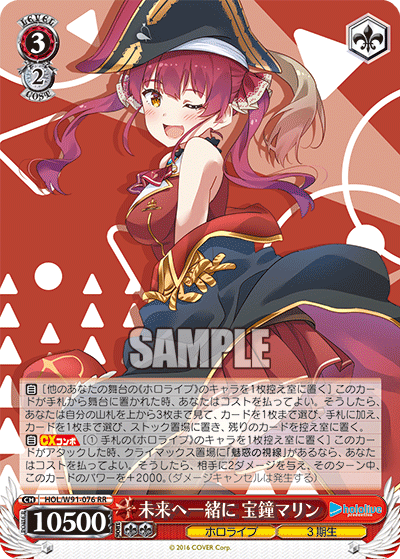
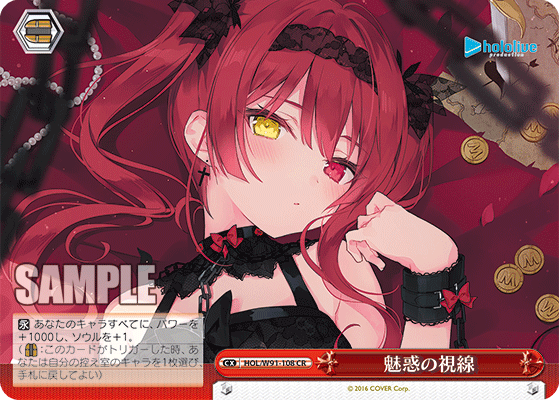
In order for decks to remain strong in the current metagame, they need level zero stock plus options such as that of Riki or Aqua effects, great level zero or one plussing combos, nice hand fixes, and good main phase mill effects. They must also have powerful and low cost finishers that ideally come out early as well. Players are incentivized to employ multiple early play heals to heal down to stay ahead in damage while pushing their opponent earlier to level three. Finishers must also be able to kill your opponent from 3-0. Lastly, you simply must pray to survive your opponent’s finisher when they hit three.
I think fast games are relatively fun, but I worry that power creep will force these games to become way too fast and into a game of soul rushing with too much dependence on the RNG of the first deck for cancels.
8.) What are your thoughts on secondary formats?
Steve Chu: Japan runs title cup for release tournaments and side events at regionals. The Hololive title cup turn out was really good in Toronto due to the foil PR prizing. The extra prizing incentive was a nice touch. I think it’s a good idea that Bushiroad EN is trying title cups for other sets as well, and I hope to see more of these events in the future.
Roy Choi: In terms of secondary formats, I do enjoy trios, waifu, or legacy tournaments. They do all have their own individual merits. Trios entices players to metagame slightly different compared to that of the usual singles tournaments while winning with their teammates. Waifu tournaments are fun which gives a casual feel and lets players play around their favourite characters. Lastly, legacy style tournaments give this sort of time machine feel where players can enjoy old styles of the game back in an older format where cards were less powerful.
I think secondary formats are great for giving a good change of pacing in tournament structures, adding further enjoyment to players at their locals.